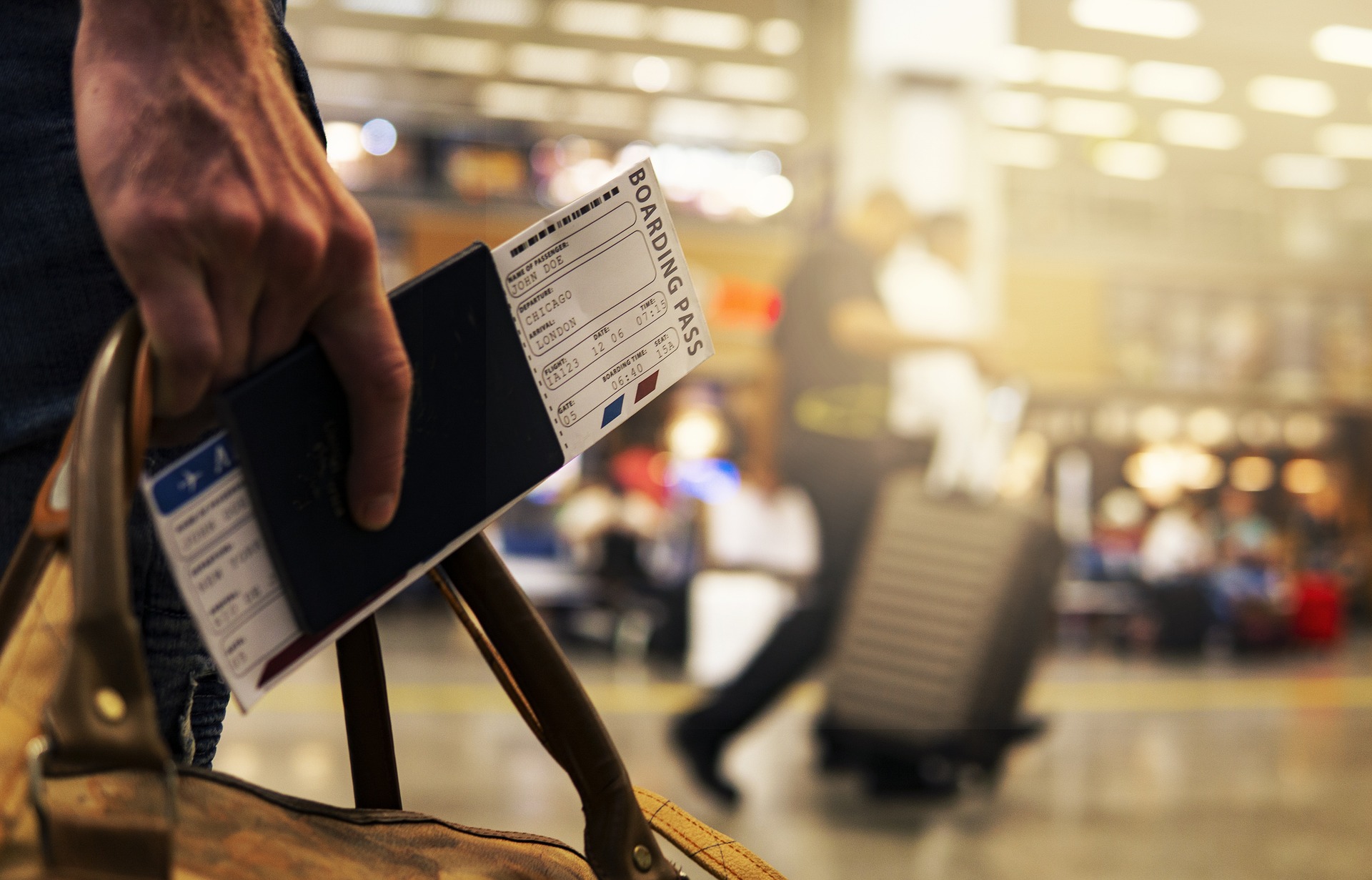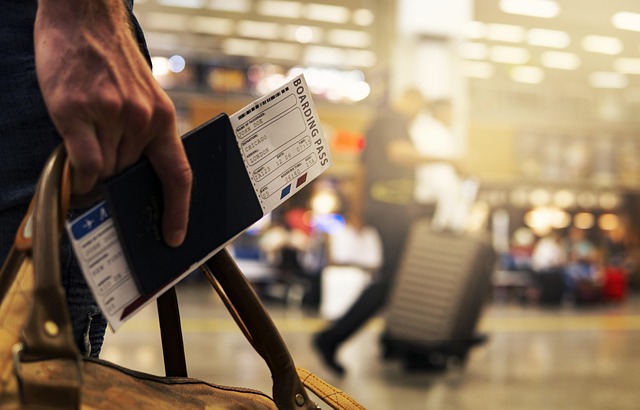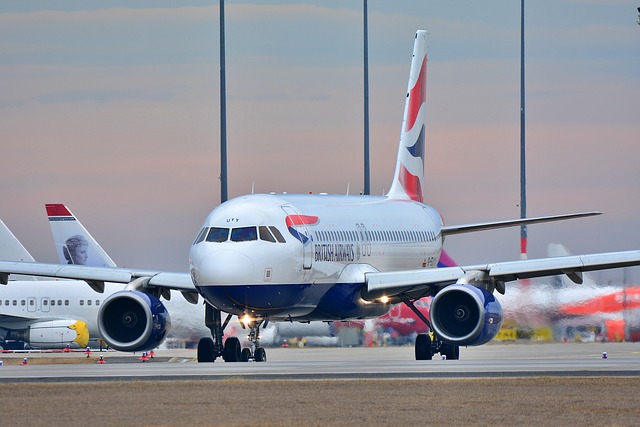Flight Ticket Deals: How to Find and Compare Airfare Options
Finding a good flight ticket deal involves more than spotting a low headline price. It requires understanding fare types, timing, airline policies, intermediary fees and how search tools aggregate options. This article explains practical steps to identify genuine savings, compares several verifiable providers, and outlines real-world pricing patterns so you can make informed choices when booking flights for travel in the UK and internationally.

How flight deals appear and what they mean
Airlines and online travel agencies (OTAs) publish fares that reflect inventory, seasonal demand and fare rules. Flash sales, error fares and limited-time reductions can lower prices, but these often come with restrictions such as non-refundable tickets, complex change fees or limited seat allocation. When evaluating a deal, check the fare class (e.g., basic, standard, flexible) and what is included: hold luggage, seat selection, or meals. A low headline fare may increase at checkout because of added fees for cards, baggage, or optional services.
When to search and typical timing strategies
Timing affects prices but there’s no fixed rule for every route. For many short-haul European flights from UK airports, searching 1–3 months ahead often yields reasonable fares; for long-haul travel, 2–6 months can be helpful. Mid-week searches and flying on weekdays tend to be cheaper than weekend travel. Consider flexible date searches and set price alerts through meta-search engines to spot dips. Also check for multi-city or open-jaw itineraries—sometimes adding a stopover or combining two one-way tickets from different carriers reduces cost.
Tools, aggregators and local services to use
Use a combination of direct airline sites, OTAs, and meta-search engines to compare fares. Meta-search engines show results from multiple sources and can reveal if an OTA is undercutting an airline’s direct price or vice versa. Local services such as airport websites and regional travel agents can help with specific airport fees or regional promotions. Remember that some third-party sites offer bundled packages (flight + hotel) which change the apparent flight price; always isolate the flight component to compare apples-to-apples.
Booking considerations and fare rules to check
Before confirming a purchase, review cancellation, change and baggage policies. Low-cost carriers often sell very low base fares but charge separately for hold luggage, seat selection and priority boarding. Legacy carriers typically bundle more services but may have higher base fares. Also check visa or transit requirements for your route, as well as minimum connection times if combining flights on separate tickets. If loyalty points or credit card benefits apply, they can influence overall value—factor them into your decision.
Real-world cost and pricing insights
Typical short-haul return fares within Europe can range widely depending on carrier and timing. For domestic UK hops and near-Europe trips, expect low-cost carriers to offer promotional returns from around £20–£80 during sales, while legacy carriers commonly price short-haul returns from about £60–£250 depending on flexibility and season. Long-haul economy return fares (e.g., UK to North America) often fall in bands from roughly £300–£800 in standard economy on many carriers during non-peak periods. Business or premium fares are substantially higher. These ranges are illustrative benchmarks—actual prices change by route, date and demand.
| Product/Service | Provider | Cost Estimation |
|---|---|---|
| Short-haul economy return (promo range) | Ryanair | £20–£100 |
| Short-haul economy return (standard, bundled) | easyJet | £30–£150 |
| Short/medium-haul economy return (legacy carrier) | British Airways | £60–£250 |
| Meta-search flight comparison service | Skyscanner | Varies (search tool, no direct fares) |
| Online travel agency (OTA) booking | Expedia | Varies (often similar to airlines, fees possible) |
Prices, rates, or cost estimates mentioned in this article are based on the latest available information but may change over time. Independent research is advised before making financial decisions.
How to verify and avoid common pitfalls
Confirm the final price before payment—some sites add service fees or require selection of extras that raise the total. Cross-check baggage allowances and connection times directly with the operating carrier if a booking was made via an OTA. If using fare alerts, validate alerts by opening the airline’s official site to ensure the fare is truly available and that seat inventory hasn’t already sold out. For complex itineraries or multi-airline journeys, consider purchasing travel insurance that covers missed connections or unexpected changes where appropriate.
Conclusion
Flight ticket deals are accessible when you understand fare composition, use multiple comparison tools, and factor in add-on costs and rules. Treat headline prices skeptically until you’ve checked baggage, change and refund policies, and compare both direct airline offers and reputable OTAs. Keeping flexible dates and airports, setting alerts, and understanding typical price bands for your route will help you spot genuinely useful opportunities without unexpected surprises.




